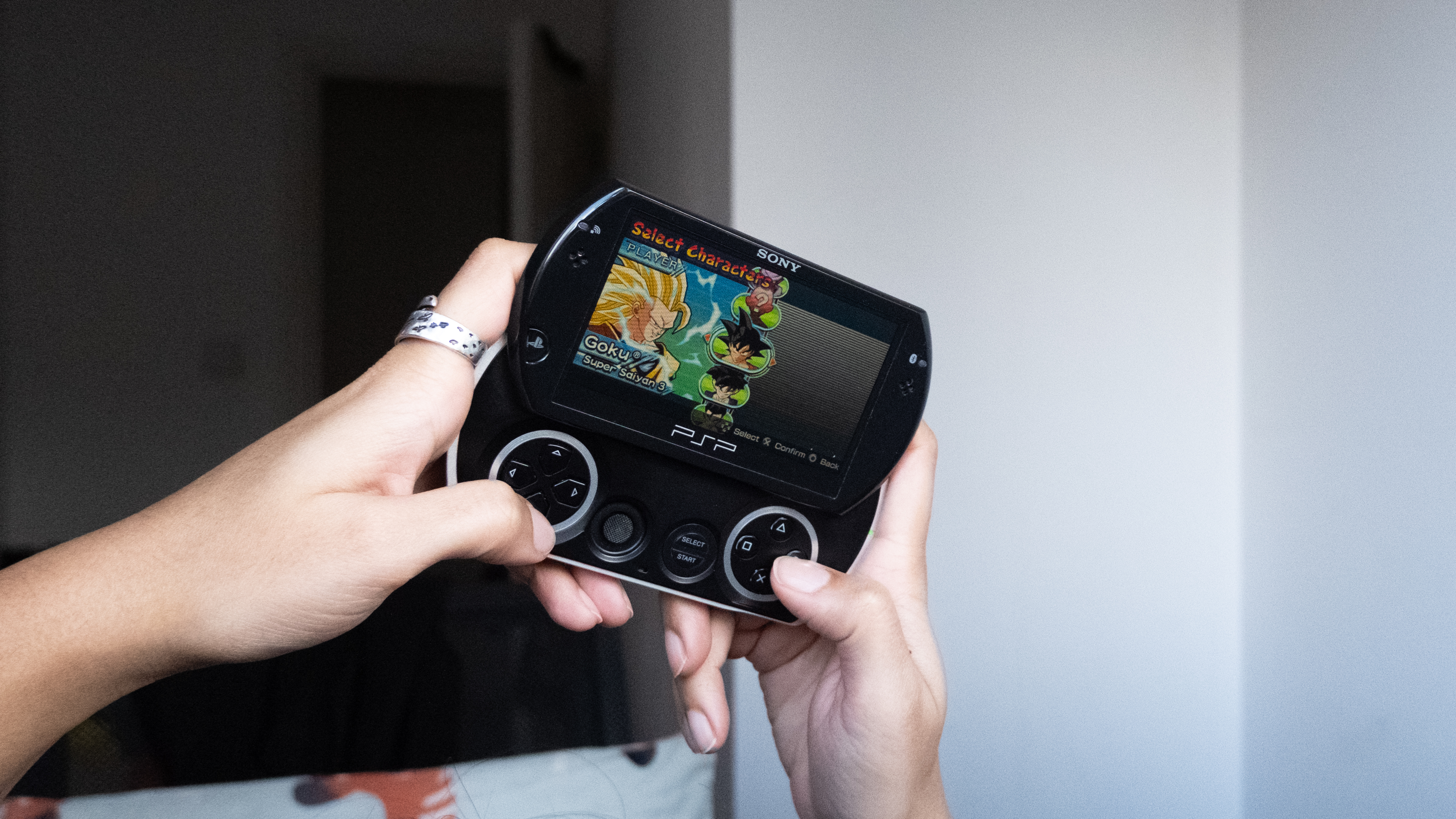100 Naked Body Scans Get Posted Online
Pictures from a scanner in a federal courthouse in Florida have been leaked online.

A lot of people despise the idea of the x-ray body scanners in airports, and it's easy to understand why. However, for a lot of people, the alternative is just as bad (as demonstrated by John Tyner's now-viral "Don't touch my junk" video); they don't want to be groped by a perfect stranger anymore than they want a perfect stranger to see them naked. Personally, I always opt for the grope, because I know that save for the ol' mental PVR, a TSA agent can't store my pat-down on any kind of system. I imagine there are a lot of people who share my reasoning. Still, what happens to the images of those who are scanned?

The TSA has always said these images will never be recorded or stored, but we know that the machines are capable of storing images. Recently it emerged that U.S. Marshals operating the millimeter wave scanner at the Orlando, Florida, federal courthouse had stored more than 35,000 images. One hundred of these images have since been obtained by Gizmodo and posted online. Giz insists that all identifying features have been eliminated, which should offer some comfort to the public servants and private citizens pictured, but it's disturbing to think that the site could even get a hold of them at all.
It's important to emphasize that these pictures are not of TSA travelers, but of people entering a courthouse and being screened by U.S. Marshals. Still, the underlying concern for a lot of people remains the same: If the U.S. Marshals can record people, why can't the TSA?
"That we can see these images today almost guarantees that others will be seeing similar images in the future," writes Joel Johnson.
Meanwhile the TSA is adamant that it does not store images ever. The TSA's resident blogger, known as Blogger Bob, has penned a post in response to the article above.
"This is about the US Marshal Service (NOT Federal Air Marshal Service) storing Advanced Imaging Technology images at a Florida courthouse checkpoint (Not a TSA checkpoint)," writes Bob. "This has led many to ask if TSA is doing the same. As we’ve stated from the beginning, TSA has not, will not and the machines cannot store images of passengers at airports. The equipment sent by the manufacturer to airports cannot store, transmit or print images and operators at airports do not have the capability to activate any such function."
However, an August article on CNet cites a February 2010 TSA disclosure in which TSA admits that all machines purchased by the agency must to be able to store and transmit images for "testing, training, and evaluation purposes." TSA says these capabilities are not activated when the devices are installed at airports.
Get instant access to breaking news, the hottest reviews, great deals and helpful tips.
Jane McEntegart works in marketing communications at Intel and was previously Manager of Content Marketing at ASUS North America. Before that, she worked for more than seven years at Tom's Guide and Tom's Hardware, holding such roles as Contributing Editor and Senior News Editor and writing about everything from smartphones to tablets and games consoles.
-
jaysbob I feel people are too prudish about these sorts of things. If it were a high resolution photograph I might be more leery; but these are no more exiting than pictures in an anatomy book. Everybody's got a body and private parts, whats the big deal if somebody sees a lumpy mostly indistinguishable scan of it.Reply
but I guess the real issue is that if we start allowing them so subject us to this, theres no telling what's next. But the slippery slope argument is never very well founded. -
gmarsack All I know is, if a naked picture of me made it on to a website, people would wish they never visited the website. I have nothing to fear. :)Reply -
the_krasno I rather be groped. While I'm at it, I'll fart as loudly as possible. FIGHT THE POWER!Reply -
proxy711 My dad listens to Rush religiously, a few days ago he had a airport security employee or former employee call in and he described the way air ports use these scanners.Reply
He said the person that views and clears these pictures are sitting in rooms far away from the room they scan people in. So even if a "hot babe" is going to be scanned there's no way for anyone to inform the viewer(s) or for the viewers to walk out of the room and be in contact with a person they just scanned.
He also stated the way they have the scanning system setup is the person gets scanned, the picture pops up gets cleared by a viewers, by them pressing a button that signals another worker that the person just scanned has passed and can be let through, the viewer then has to hit another button to move on to the next scan and that button deletes the last picture taken. So at least in the airport he worked in they don't in anyway save pictures.
To me it just doesn't make any sense why an airport would save pictures no good could come from it only bad PR, by having someone leak pictures. -
eddieroolz Last time I flew was 10 years ago, before 9/11. All I remember is that it was very lenient back then.Reply
Not sure if I'd object vehemently to the scanner though. -
leadpoop I am all for security but at what point do we say enough is enough? Whats the point of having our freedom if we have no freedom at all?Reply -
duk3 Proxy711My dad listens to Rush religiouslyReply
For 5 seconds I thought you meant the band, and then I remembered Rush Limbaugh. -
Monkeyninja You would have to be really self concious to give a shit about anyone seeing that kinda photo of you.Reply
Freaking bad guys making air ports even slower though blows ass though. -
mattimeo005 leadpoopI am all for security but at what point do we say enough is enough? Whats the point of having our freedom if we have no freedom at all?Reply
Technically, when you buy your plane ticket, you're essentially signing a contract agreeing to these security procedures, and therefore you have forfeited some of your "freedoms". It may be excessive, but I personally have no problem with the scanners and pat downs in and of themselves. What I wonder about is the way they "randomly" pick and choose people to apply these extra security measures.
